Description
Phthalic Aldehyde: A Versatile Building Block in Chemical Synthesis
Phthalic aldehyde, also known as 1,2-benzenedicarboxaldehyde or o-phthalaldehyde (OPA), is an aromatic dialdehyde that finds widespread use in various fields, from medical diagnostics to polymer chemistry. Its unique chemical structure, featuring two aldehyde groups directly attached to a benzene ring, makes it a highly reactive and versatile building block for synthesizing a wide range of compounds.
Understanding the Chemistry:
Phthalic aldehyde’s reactivity stems primarily from its two aldehyde functional groups. These groups readily undergo nucleophilic addition reactions, such as:
- Schiff base formation: Reaction with primary amines to form imines (Schiff bases). This is perhaps its most well-known application.
- Reductions: Can be reduced to phthalyl alcohol or further to phthalide.
- Condensation reactions: Participation in reactions like the Knoevenagel condensation.
However, the reactivity of the two aldehyde groups is influenced by each other due to their proximity on the benzene ring. This can sometimes lead to intramolecular reactions or altered reactivity compared to a simple monoaldehyde.
Applications of Phthalic Aldehyde:
Here’s a look at some of the key applications of phthalic aldehyde:
- Protein and Peptide Analysis: OPA is widely used as a reagent for the detection and quantification of primary amines, including amino acids, peptides, and proteins. When OPA reacts with a primary amine in the presence of a thiol (like mercaptoethanol or ethanethiol), it forms a highly fluorescent derivative. This fluorescent derivative can then be detected using fluorometry, making OPA a common tool in chromatography techniques like HPLC (High-Performance Liquid Chromatography) and amino acid analyzers. This application is crucial in fields like biochemistry, food science, and pharmaceuticals.
- Disinfection and Sterilization: OPA is a powerful disinfectant used for high-level disinfection of medical instruments, especially those that cannot withstand heat sterilization. Its advantages over glutaraldehyde, a common alternative, include a broader pH range for activity, lower volatility, and less irritation to mucous membranes. OPA works by alkylating and cross-linking proteins and other biomolecules, disrupting cellular processes and leading to microbial inactivation.
- Polymer Chemistry: Phthalic aldehyde can be used as a monomer or a comonomer in polymer synthesis. Its two reactive aldehyde groups allow it to participate in step-growth polymerization reactions, leading to the formation of various polymers, including:
- Polyesters: By reacting with diols.
- Polyamides: By reacting with diamines.
- Resins: Used in applications requiring high chemical resistance.
- Pharmaceutical Applications: Phthalic aldehyde serves as a valuable intermediate in the synthesis of various pharmaceutical compounds. Its ability to react with different functional groups provides a route to create complex molecules with potential therapeutic activities.
- Chemical Synthesis: Beyond polymers and pharmaceuticals, OPA is used as a building block in the synthesis of various other organic compounds, including dyes, pigments, and specialty chemicals.
Advantages and Disadvantages:
- Advantages:
- High reactivity due to two aldehyde groups.
- Versatile building block for a wide range of applications.
- Effective disinfectant with advantages over glutaraldehyde.
- Relatively easy to handle and store.
- Disadvantages:
- Can cause skin and eye irritation. Handling requires appropriate protective equipment.
- Its derivatives can be light-sensitive and require protection from light.
- Limited stability in certain conditions (e.g., highly acidic or basic environments).
Conclusion:
Phthalic aldehyde is a powerful and versatile chemical compound with diverse applications, ranging from analytical chemistry to disinfection and polymer synthesis. Its unique structure and reactivity make it an indispensable tool for researchers and industries alike. As research continues, we can expect to see even more innovative applications of phthalic aldehyde in the future, further solidifying its importance as a key building block in the world of chemical synthesis. However, like all chemical substances, it should be handled with care and appropriate safety measures to minimize potential hazards.

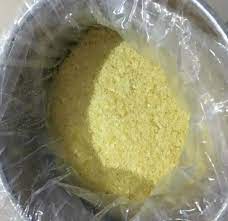
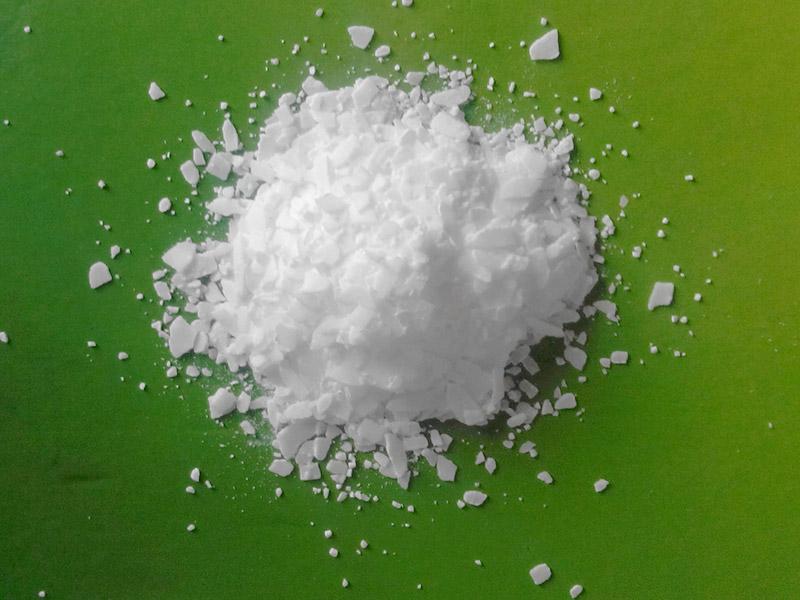
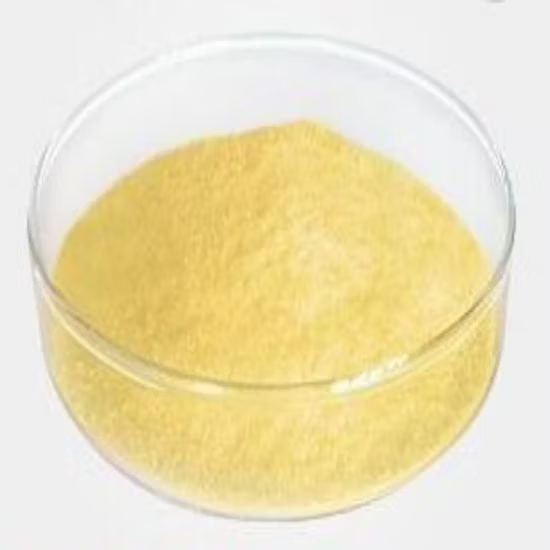

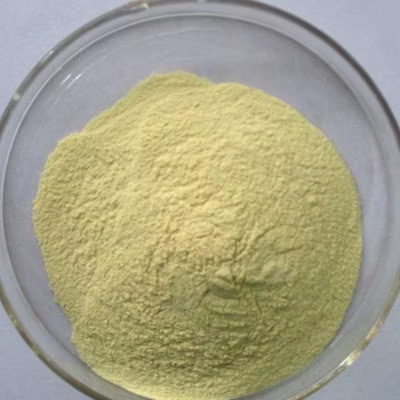
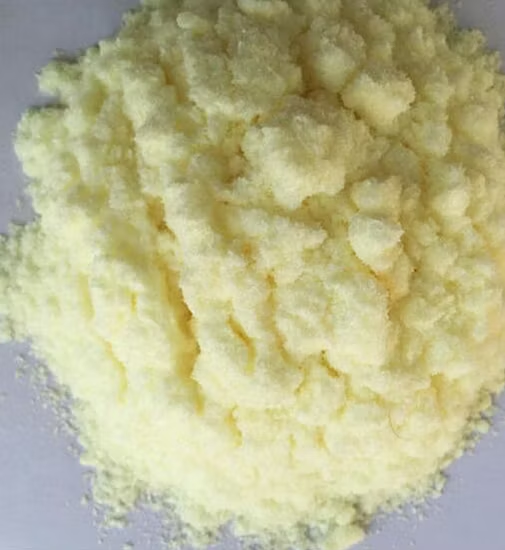

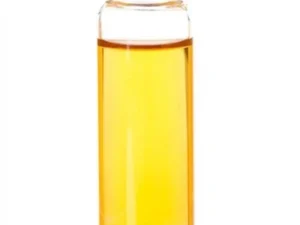
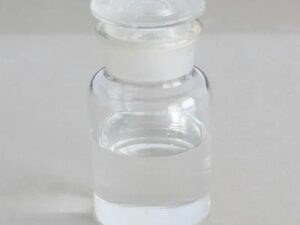

Reviews
There are no reviews yet.